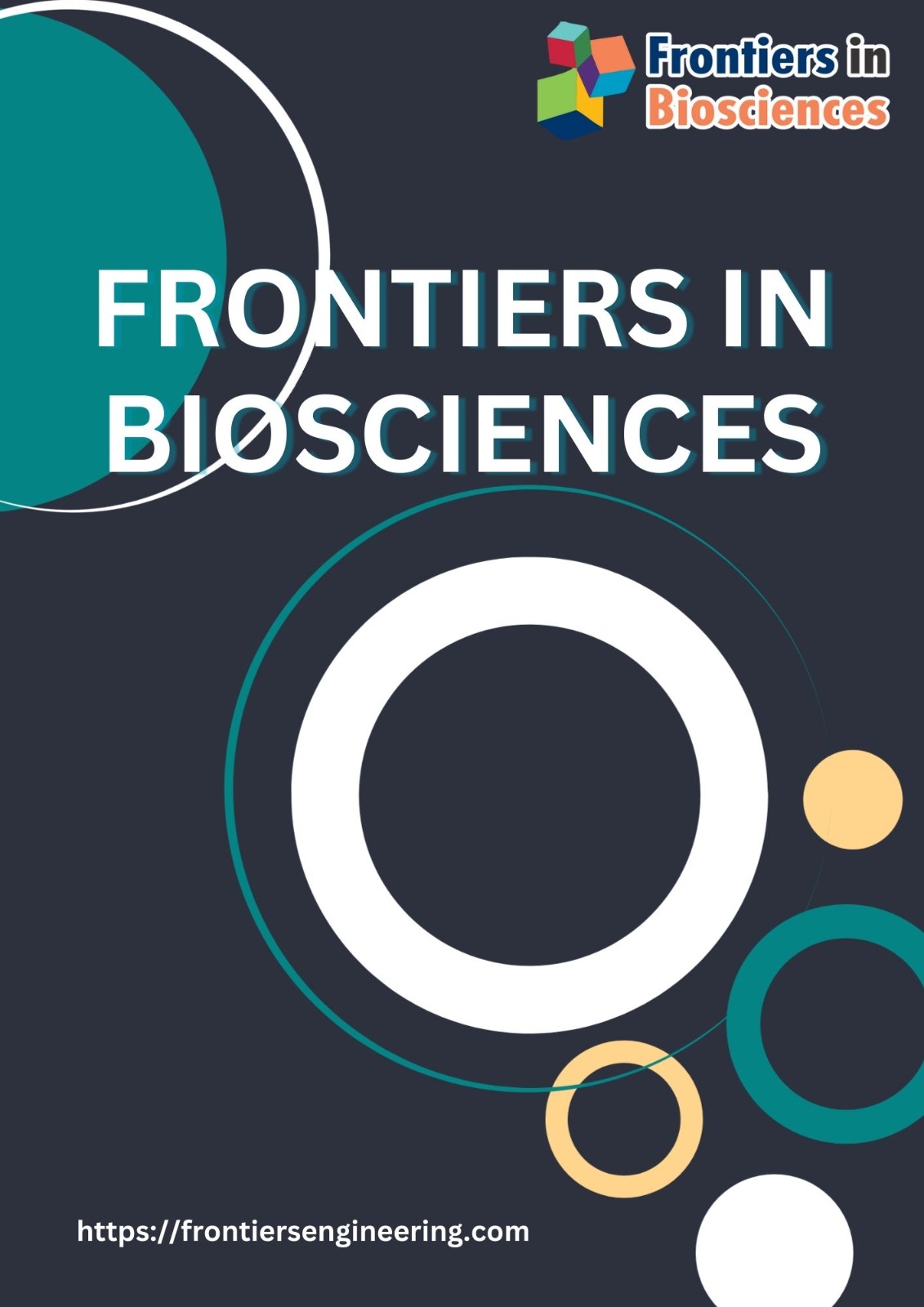IMPROVING DENTAL DIAGNOSTICS WITH MULTIMODAL AI AND UNCERTAINTY QUANTIFICATION
Keywords:
IMPROVING DENTAL DIAGNOSTICS, WITH MULTIMODAL AI AND, UNCERTAINTY QUANTIFICATIONAbstract
Objective: This study aimed to evaluate a multimodal AI system integrating dental X-rays and patient data with uncertainty quantification (UQ) to improve diagnostic reliability in dental clinics. Methods: A total of 400 patient cases from January to December 2024 were analyzed, combining panoramic radiographs with clinical data (age, gender, symptoms). Diagnoses for caries and periapical lesions were generated using a CNN for image analysis and a feed-forward neural network for clinical data. Monte Carlo dropout was used to provide 50 stochastic predictions per case, enabling UQ via entropy measurements. Diagnostic metrics (sensitivity, specificity, accuracy, AUC) were compared with evaluations by general dentists. Results: AI achieved 85% accuracy (95% CI: 74–93%) for dental caries (sensitivity 91%, specificity 78.3%) and 73.3% for periapical lesions (sensitivity 96%, specificity 65%). AUCs were 0.92 and 0.85, respectively. Dentists showed lower accuracy (78.3% for caries, 60% for lesions). Excluding the 10% most uncertain cases improved AI caries accuracy to 92%, with 89% of errors concentrated in high-uncertainty cases. Conclusion: The AI system improved diagnostic performance and reliability through UQ, offering high sensitivity and helpful alerts for ambiguous cases. While promising for routine screening, further validation on diverse datasets is needed before clinical deployment.




